
In November, we recognize the rich history, traditions, and contributions of our nation's indigenous people. National Native American Heritage Month was initially recognized federally in the United States in 1990 with a resolution made by the 41st President, George H. W. Bush. Through their resilience and perseverance, Native Americans have survived and have helped shape modern history with their contributions.
In a quiet, respectful athletic feat of remembrance, on June 2024, cyclists from two Cherokee tribes retraced the Trail of Tears. They stopped at landmarks where their ancestors camped and an estimated 4,000 tribal members died during the forced removal 200 years ago. Using resources available to us on SC Public Radio, ETV and Passport, we follow the journey of Native American History as well.
Native American History
Did you know that the first humans to come to the Americas followed ice age mammals across a land mass over the Bering Strait from Asia 11,000 years ago? For a glimpse into the history of pre-colonial and colonial South Carolina, visit the virtual field trip and learn about archaeological evidence of the Indians found here in South Carolina.
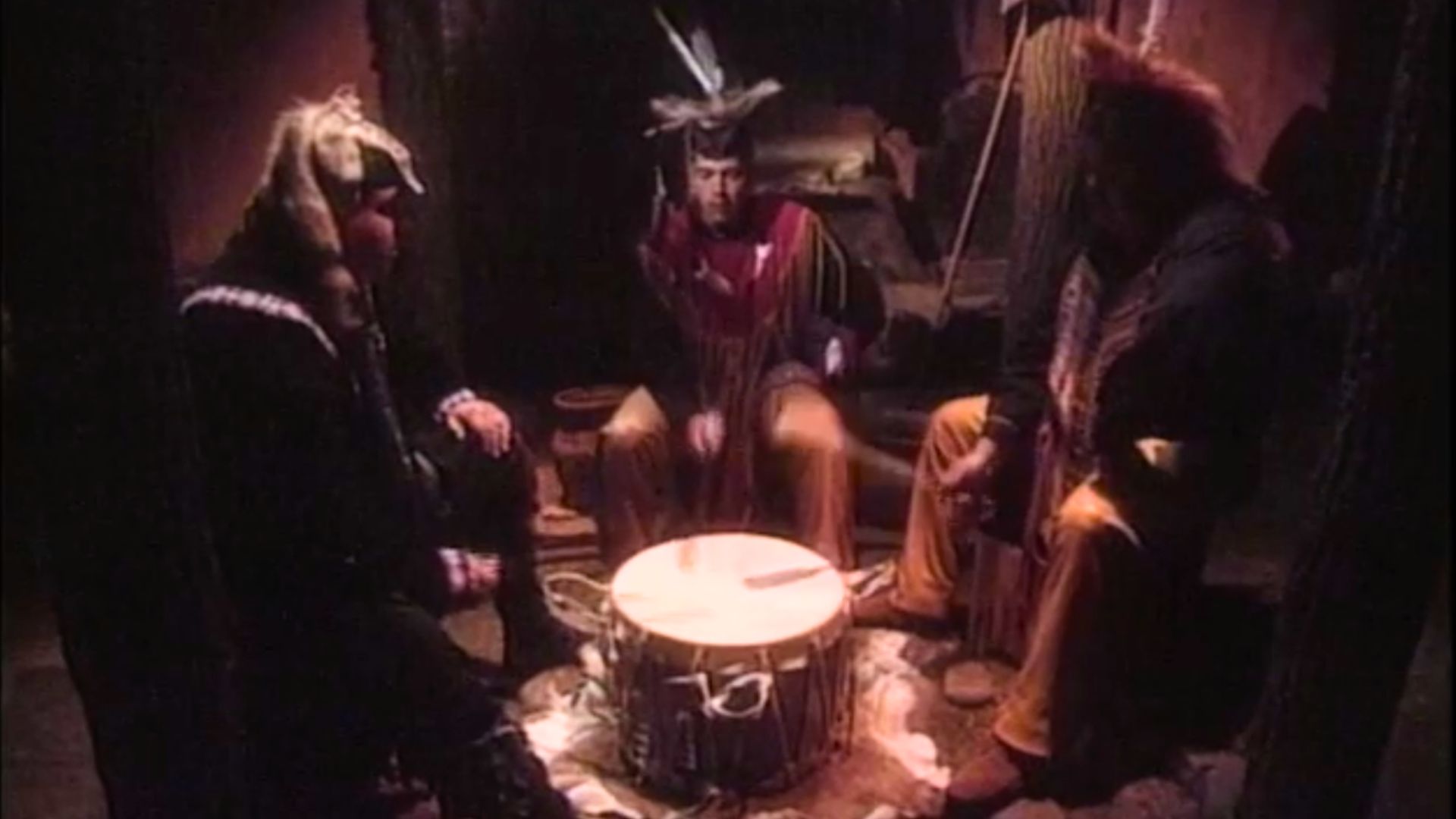
Those Who Would Colonize
Native Americans were the only dwellers here until explorers from Spain, France and England set about gaining wealth and settling colonies for their kings and queens. Interactions between the Native Americans and Spanish explorers were brutal. The conquistadors brought violence and disease, decimating the native population as they moved throughout the state looking to conquer and plunder. In 1540, Hernando DeSoto arrived near present day Columbia and realizing that he was uncertain as to his location, dispatched Indian scouts in two directions and on April 25th, one returned reporting a village just above the confluence of the Congaree and Wateree Rivers.
From the riches of the tape vault, we learn of the efforts of the French and Spanish to colonize South Carolina in the 16th century as historians describe the dramatic history of these settlements near Beaufort, South Carolina, and document the conflict between the France and Spain over the same stretches of coast line more than 100 years before the English founded Charleston in 1670.
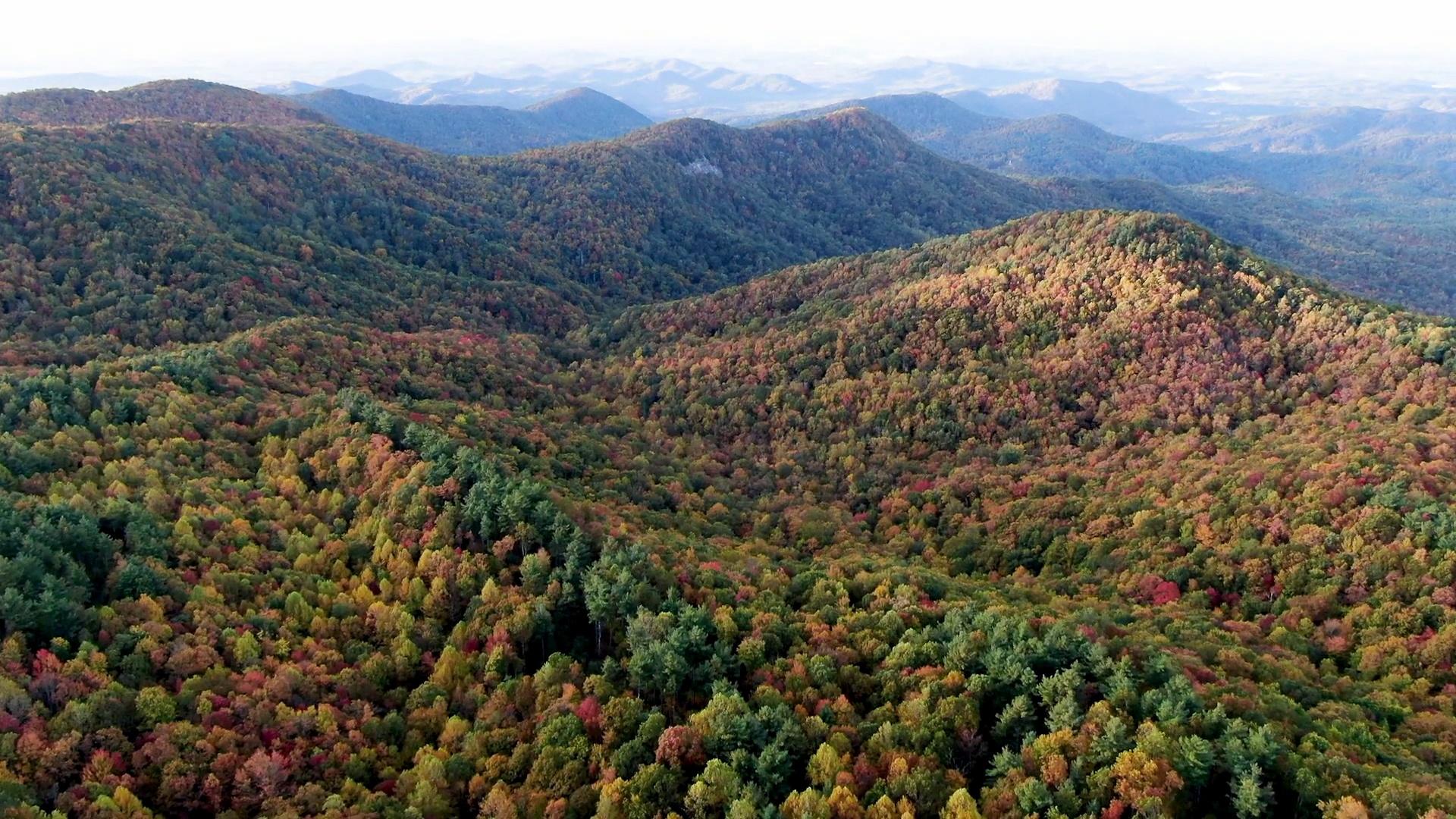
What Once Was Home
ETV's From The Sky series gives us glimpses into the beauty of the surroundings that the Native Americans called home for hundreds of years. According to Cherokee legend, The Great Spirit sat on Stool Mountain and ate his meals at Table Rock. Sassafras Mountain was so named because the Native Americans planted many sassafras trees there. Part of the Appalachian mountains, and highest point in South Carolina, from Sassafras Mountain you can view Tennessee, North Carolina and Georgia. The area has many other legends such as the one found at Lake Jocassee. On a NatureScene visit to the Chattooga River in Sumter National Forest in Oconee County, Rudy Mancke talked about how the Cherokee had made rock shelters within the safety of the forested mountains.
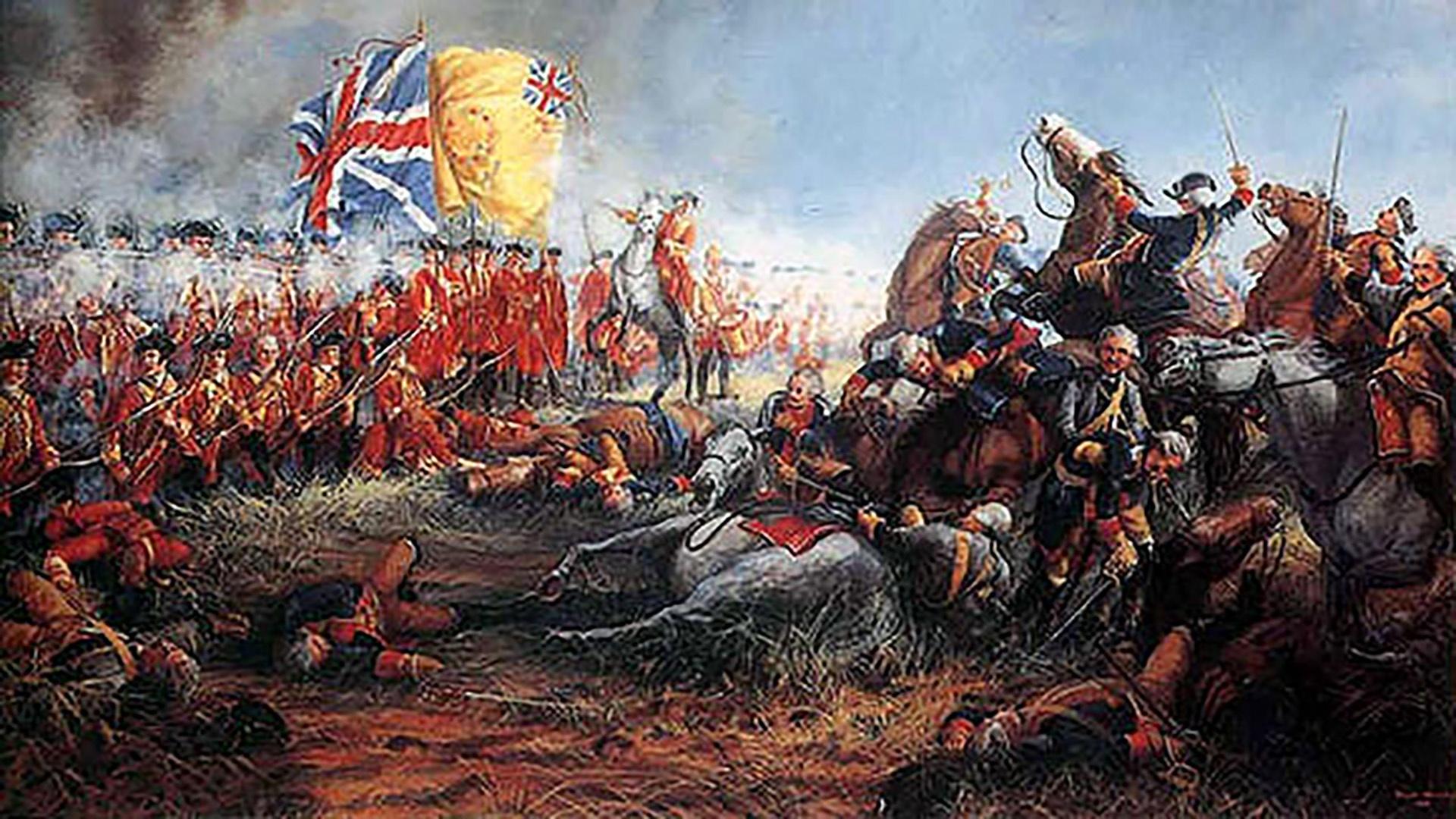
Wars and Conflicts
The founding and growth of the new nation was enabled by the interactions with the Native Americans and that is not to say that relationships were always friendly. Increased European settlement threatened the autonomy of the various tribes, and in 1711, the Tuscarora raided White settlements. South Carolina dispatched Colonel John Barnwell and a force of some five hundred European and Indian troops, forcing the Tuscaroras to surrender. Barnwell headed back to South Carolina, enslaving Indian women and children as he went, leading to additional conflict resulting in brutal suppression of the Tuscaroras. In 1715 the remnants of the Tuscarora tribe migrated to New York and became the sixth nation of the Iroquois Confederacy.
The Yamassee War (1715-1718) was a major eighteenth-century conflict between the colony of Carolina and its trade partners, the Yamassee. Unscrupulous Indian traders cheated and mistreated the Native Americans. On Good Friday 1715, the Yamassees struck. They killed the traders in their midst and launched attacks against coastal plantations. The conflict involved the Cherokees, the Creeks, the Choctaws, the Santees, and the Waccamaws in a far-ranging rebellion from the Savannah River to Charleston. The turning point came with the colonists’ defeating the Yamassees at the battles of Port Royal and Salkehatchie. The worst was over by April 1716 and brought to a close in 1718. The settlers were upset about the lack of protection from the British, and this conflict contributed to the end of the Lords Proprietor who had been given joint ownership of land in "Carolina."
Despite many treaties, the settlers continued to encroach and lay claim to native lands. During the French Indian War (1754-1763) and American Revolution (1775-1783), the Native Americans took sides, often with disastrous consequences. They had hoped that their alliances would protect their access to their lands but many times, they were on the wrong side of the outcomes and suffered greatly. Even being on the winning side gave no presence in the peace talks involving the ownership of their native lands. How much do you know about the French and Indian War?
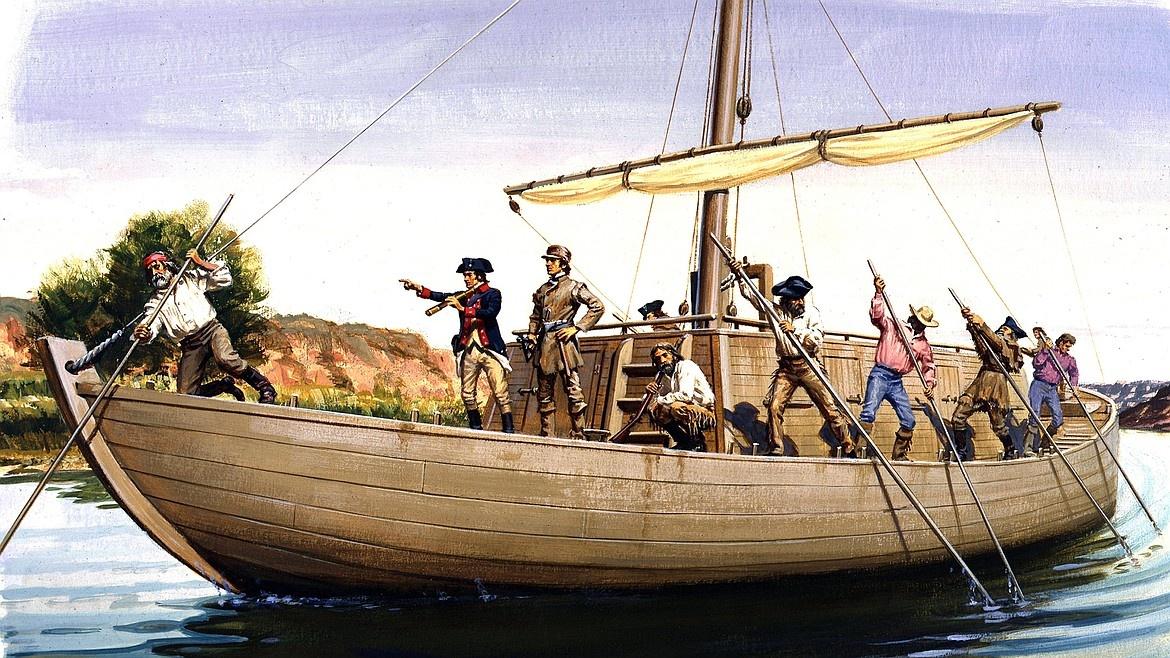 Lewis and Clark
Lewis and Clark
After the Louisiana Purchase in 1803, Thomas Jefferson sent a party out west to explore the lands that he had purchased from Napoleon. Army Captain Meriwether Lewis and William Clark headed up the Corps of Discovery with an aim to follow the Missouri River and establish trade relations with the unknown tribes living along the river. The team was to map the area and send scientific information about topography as well as flora and fauna as they went because Jefferson felt that these scientific findings would establish claim over the far reaching territories of the Pacific Northwest and Oregon. Not only were Lewis and Clark greatly assisted by Native American Sacagawea, but toward the end of their journey, after the brutal crossing over the Bitterroot Mountains, they were saved by another Native American woman, Watkuweis of the Nimiipuu Tribe. How much do you know about the Lewis and Clark Expedition?
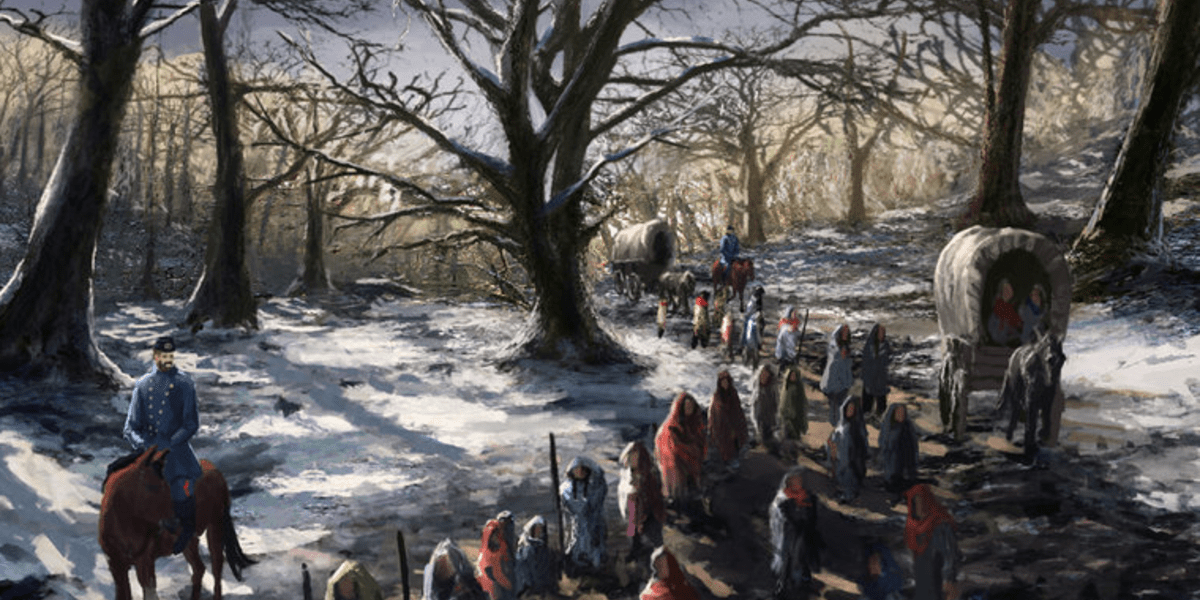 Trail of Tears
Trail of Tears
Thomas Jefferson encouraged westward expansion, and promises were made and broken. As the settlers displaced the Native Americans, the tribes became angry at being removed from the lands given to them by the Great Spirit. In the late 1820's, gold was discovered in Georgia, predating the California Gold Rush by 20 years, becoming the site of the first gold rush in the United States. Intrusion and conflict escalated in north Georgia resulting in some of the worst moments in our history regarding the treatment of Native Americans. Before becoming President, Andrew Jackson had been an Indian fighter and he disregarded a ruling by the Supreme Court Justice John Marshall observing that a state could not override a Federal Treaty. Removing the Indians from their native lands was his top priority, and in 1830, the United Congress narrowly passed the Indian Removal Act making the removal of the Native Americans from their homelands official U.S. policy. That precipitated the Trail of Tears, where in 1838, amid a bitter winter, thousands of Cherokee were taken on a forced march to territories well beyond their beloved native lands. Suffering from hunger, exhaustion, sickness and cold, it was estimated that about one fourth of the Cherokee perished on the trail. How much do you know about the Trail of Tears?
Some of the Cherokee Indians managed to escape the march and hid themselves in the forests of their native areas. Snowbird Cherokee looks at life in the Eastern Band of the Cherokee Indians, particularly in the relatively isolated traditional community of Snowbird, deep in the mountains of western North Carolina.
Naming Waters and Places
Within the tribes, there were conflicts, and the Catawba in South Carolina counted on the settlers and British to protect them from the marauding Cherokee. In addition to the convention of naming rivers, lakes and bays after the Native Americans who had lived nearby, some of towns and settlements were named for the local tribes as well, such as Santee and Cheraw. Pendleton was established at the junction of the Catawba trading path and Cherokee Trail to the coast. The name “Edgefield” came from its location at the edge of Indian battlefields. Some towns arose from trading posts, such as Chester. The early settlers of the 1750’s, mostly Scots Irish Presbyterians, settled in the upper-Catawba valley, searching for fertile land. Here in the rolling hills among the Waxhaw, Cane, Camp, and Twelvemile Creeks, they stopped and began to build. Time passed, and this area would become known as “The Waxhaws,” named after the Native American tribe which disappeared years earlier.
The Tribes of South Carolina
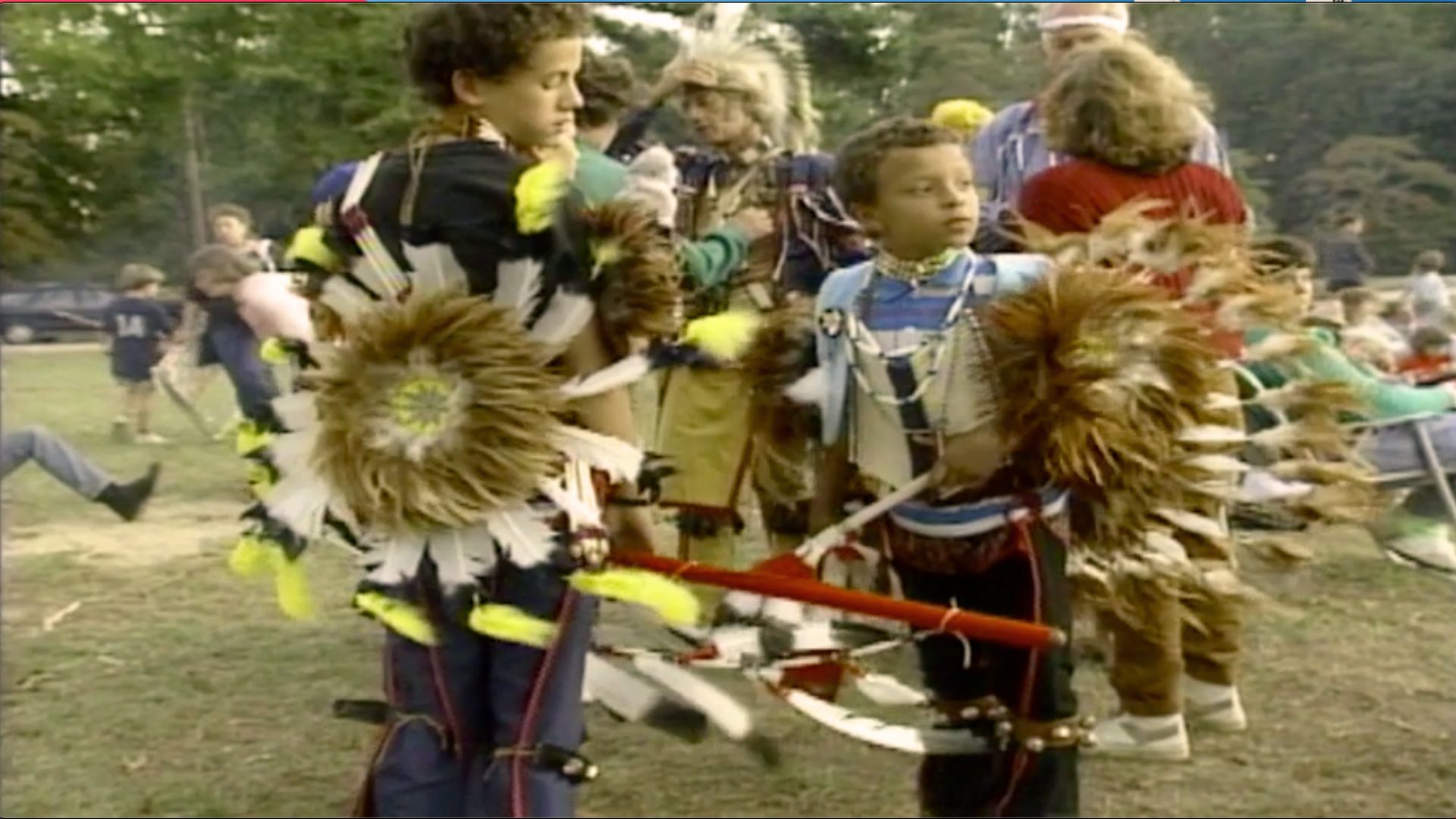 The original people of the land that is now South Carolina and the wider United States are by no means gone, even if their ancestral homes and significant parts of their culture have been lost through both deliberate extermination and displacement. While there were several tribes in the area, the most prominent ones were the Cherokee, Catawba and Waccamaw. Their descendants still live on, exploring and valuing their culture and heritage in their own ways.
The original people of the land that is now South Carolina and the wider United States are by no means gone, even if their ancestral homes and significant parts of their culture have been lost through both deliberate extermination and displacement. While there were several tribes in the area, the most prominent ones were the Cherokee, Catawba and Waccamaw. Their descendants still live on, exploring and valuing their culture and heritage in their own ways.
RiverVenture is the story of South Carolina's cultural and natural landscape as told by its rivers. From the Appalachian Mountains, the Catawba River south through the Carolina Piedmont, where it becomes the Wateree River and eventually flows out to the Atlantic Ocean as the Santee River. The lands of the Cherokee were expansive spanning across North and South Carolina and far beyond, while the Catawba "People of the Water" tended to stay in the Piedmont, near the river where they found the clay for their pottery. The agrarian Waccamaw could be found around the rivers and bays of Coastal South.
Tribal Recognition
As of the U.S. 2020 Census, there were 0.05% individuals in South Carolina identified solely as Native American. In all, there are eleven Native American tribes in the state. In South Carolina, the Catawba Indians are the only federally recognized tribe in the state. Currently, according to the South Carolina Commission for Minority Affairs, South Carolina's state recognized Native Americans are the Beaver Creek, Edisto Natchez-Kusso Tribe of South Carolina, Pee Dee Indian Tribe, Pee Dee Nation of SC, Piedmont American Indian Association, The Santee Indian Organization, Sumter Tribe of Cheraw Indians, and Waccamaw Indian People, and The Wassamasaw Tribe of Varnertown Indians. This status of recognition is important as it allows the Native American artist to designate their art as created by a Native American which is the only legal way to do so. Recognition also confers other religious and traditional rights but their struggle for economic independence continues.
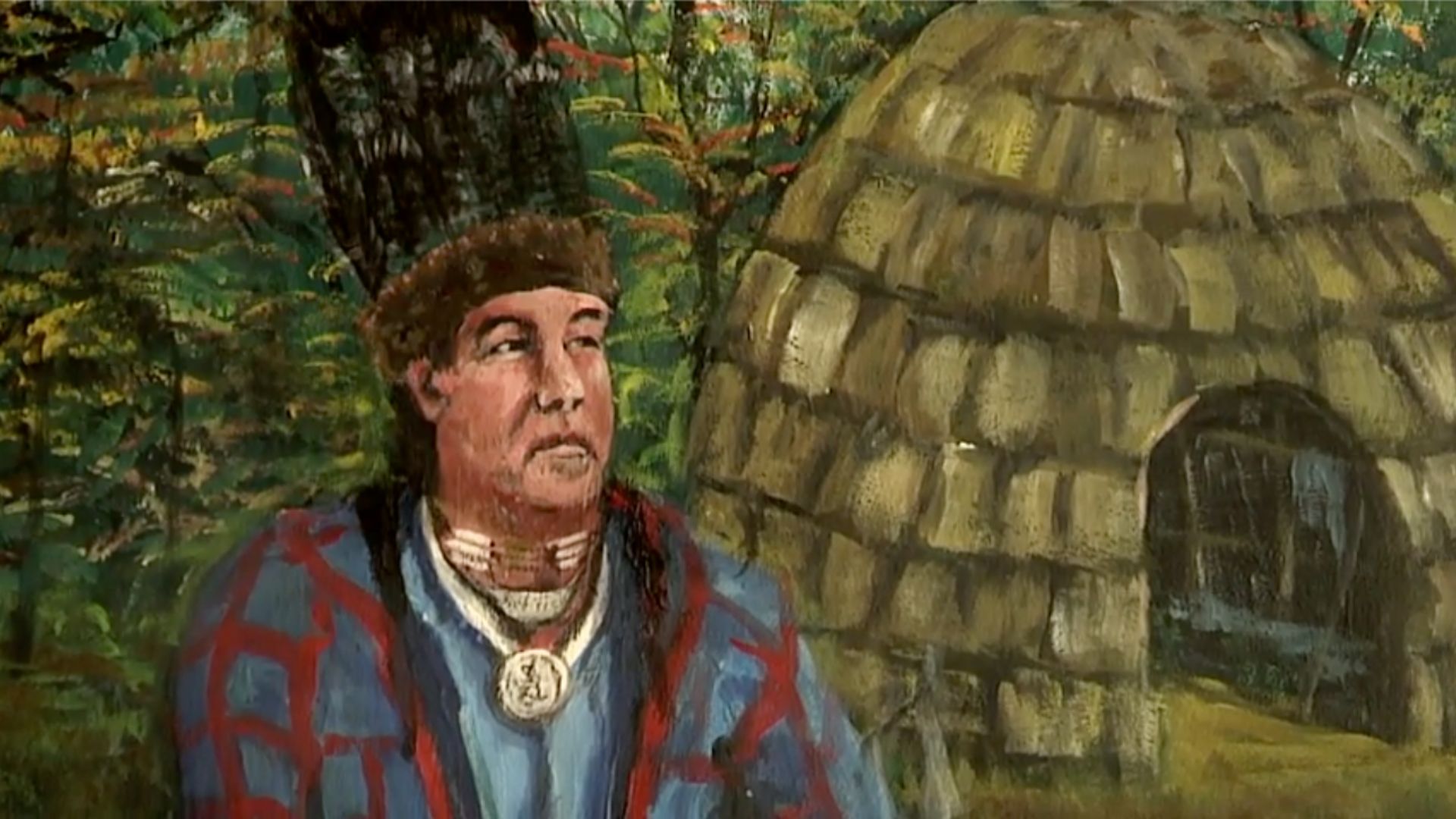 Over 6,000 years old, the Catawba Nation can still be found in Rock Hill, South Carolina today. The lands of the Catawba Nation used to extend through the Piedmont region of North and South Carolina and into parts of southern Virginia. The Catawba Nation is known for its pottery. The Catawba, “people of the river,” were a powerful nation, often at war with the Cherokee, and they claimed at least eleven other tribes as enemies at one point. During the Revolutionary War, the Catawba combined forces with the patriots and helped them fight for their independence against the English. King Hagler was the first Native American to be inducted into the South Carolina Hall of Fame and this video offers a tribute to him by members of his Catawba community. They give voice to the eloquence of his words, talking about peace with the settlers in 1754 and how the Catawba potters honor King Hagler’s memory by working his image into their pottery. Pickens County Museum preserves pottery and other artifacts largely from the Cherokee Indians that populated the area.
Over 6,000 years old, the Catawba Nation can still be found in Rock Hill, South Carolina today. The lands of the Catawba Nation used to extend through the Piedmont region of North and South Carolina and into parts of southern Virginia. The Catawba Nation is known for its pottery. The Catawba, “people of the river,” were a powerful nation, often at war with the Cherokee, and they claimed at least eleven other tribes as enemies at one point. During the Revolutionary War, the Catawba combined forces with the patriots and helped them fight for their independence against the English. King Hagler was the first Native American to be inducted into the South Carolina Hall of Fame and this video offers a tribute to him by members of his Catawba community. They give voice to the eloquence of his words, talking about peace with the settlers in 1754 and how the Catawba potters honor King Hagler’s memory by working his image into their pottery. Pickens County Museum preserves pottery and other artifacts largely from the Cherokee Indians that populated the area.
The ancient Waccamaw were river dwellers who lived along the Waccamaw River covering an area that reached from North Carolina's Lake Waccamaw to Winyah Bay near Georgetown, South Carolina. Hobcaw Barony was a Native American word for those who "lived between the waters".
Explore the Culture and Traditions
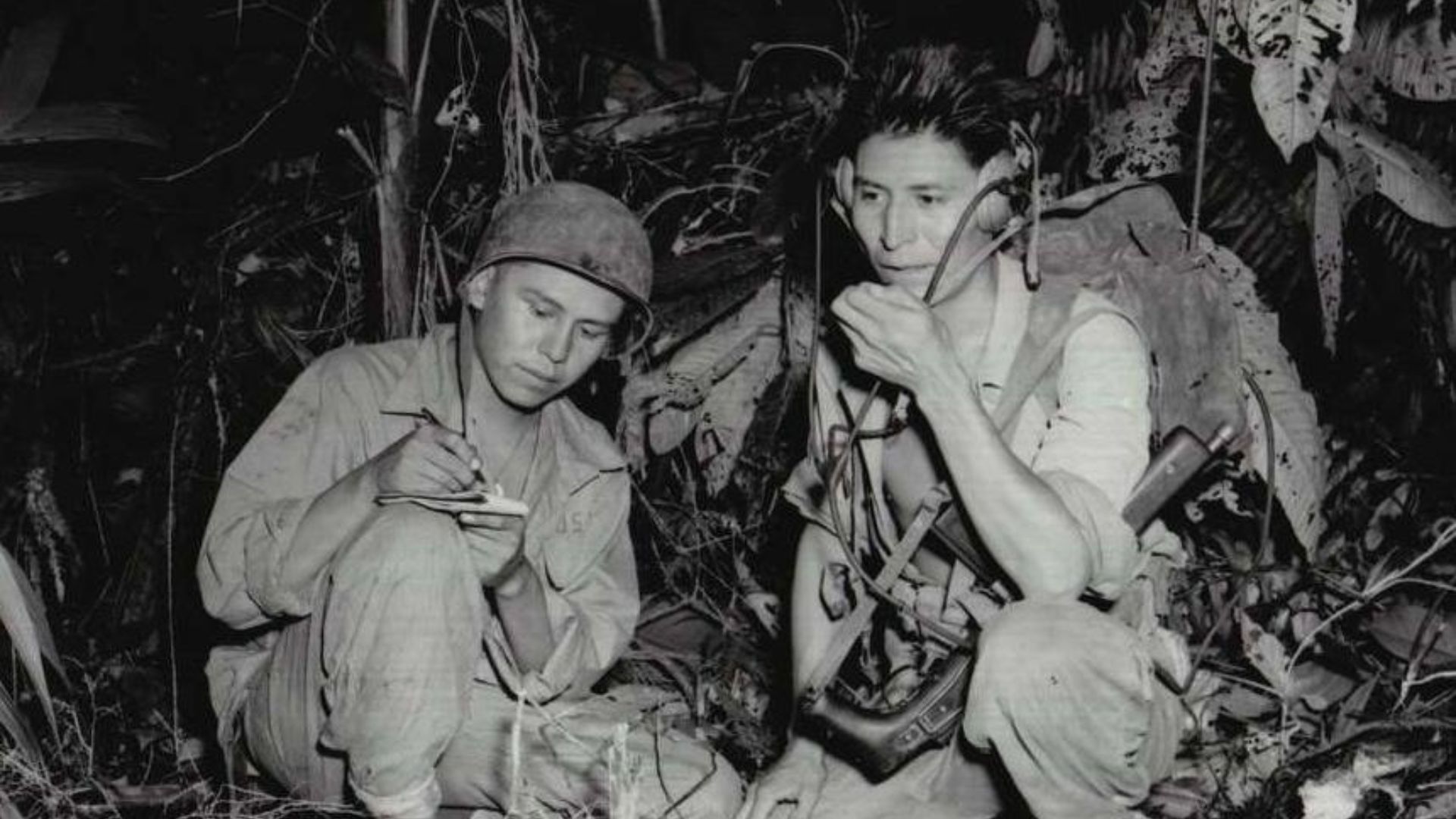 Did you know that of the 3,469 Medals of Honor awarded as of 2010, 29 have been awarded to Native Americans? Not only on the battlefield, but Native American “Code Talkers” played a crucial role in the allied victory in World War II when they used their tribal languages to send secret coded communications on the battlefield.
Did you know that of the 3,469 Medals of Honor awarded as of 2010, 29 have been awarded to Native Americans? Not only on the battlefield, but Native American “Code Talkers” played a crucial role in the allied victory in World War II when they used their tribal languages to send secret coded communications on the battlefield.
The first Native American to win an Olympic gold medal for the U.S. was Jim Thorpe who won the pentathlon and decathlon at the Stockholm 1912 Olympic Games. In 2024, there were three Native Americans from Hawaii participating in the Olympics. Recently, the International Olympic Committee approved lacrosse’s inclusion in the 2028 Olympic Games in Los Angeles. There are expected to be more Native Americans participating in the game as lacrosse had been one of their inventions.
Baseball
Native Americans were the original ball players and have been a constant force in the modern major leagues, dating back to Louis Sockalexis who played in the class of 1897, being named to the Baseball Hall of Fame in 1956. In 1953, Jim Thorpe was the first Native American to enter Baseball Hall of Fame, playing for three different teams during his pro baseball career, and six during his pro football career. Tris Speaker entered the National Baseball Hall of Fame in 1937. Indigenous people suffered race-baiting and hazing, similar to the ordeal faced by Jackie Robinson and the first African Americans to enter the major leagues (Passport) after 1947. They had been part of the Carlisle Indian Industrial School feeder system, but that ended after Carlisle died in 1918. Charles Albert Bender (Philadelphia Athletics) and catcher John Tortes Meyers (New York Giants) were jointly responsible for an indigenous milestone as they played opposite each other in the 1911 World Series, just the eighth fall classic to be played between the American and National leagues and the first to feature American Indians on each team.
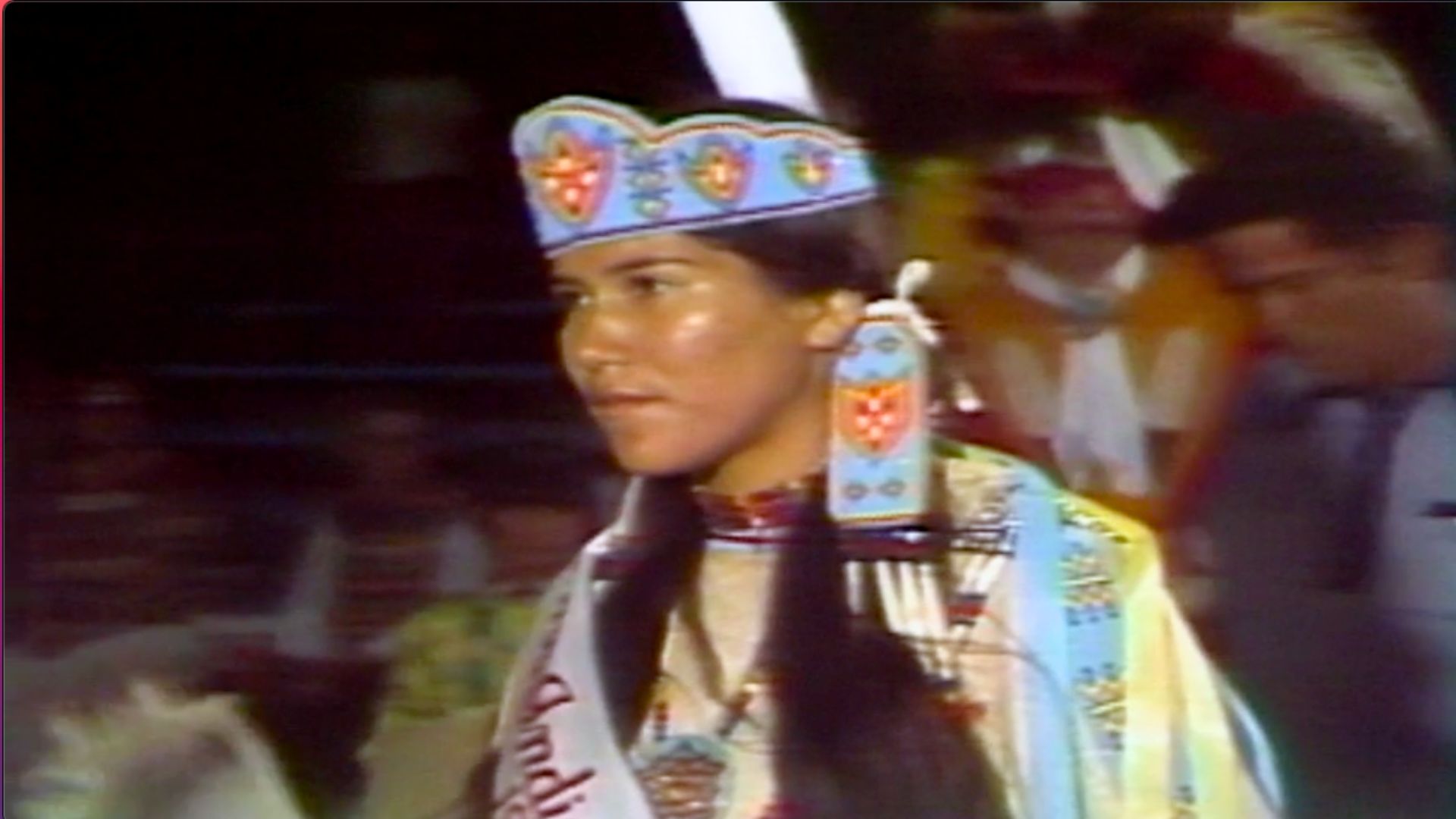 Ceremonies and Sharing Native American Culture
Ceremonies and Sharing Native American Culture
Ceremonies, especially pau wau, coming of age ceremonies, and regalia are an important part of Native American Heritage.
Visit The Catawba Cultural Center where there primary goal is to protect, preserve and maintain the rich cultural heritage of the Catawba Nation. Visit the Cultural Center and its informative exhibitions and trails and to learn more about the Catawba pottery, the oldest Native pottery tradition east of the Mississippi River.
In May 2004, The Waccamaw Indian People of Conway, South Carolina received twenty acres of land in the tribe's ancestral homeland in the Dog Bluff community near Aynor in Horry County. Headquartered in Conway. The tribal grounds houses offices, ceremonial grounds, an activity and meeting center, a reconstructed tribal village, a museum, and a trading post. Visit a virtual tribal pauwau and learn more about the Waccamaw tribe and its customs.
Native America (Passport)series is a groundbreaking portrait of contemporary Indian County and reveals the beauty and power of today's Indigenous world. In this programming. learn about struggles to keep language and traditions alive.
Educational Resources for the Classroom
Knowitall features a wide assortment of media assets and lesson plans, created by South Carolina ETV with a variety of partners for preK-12. The content has been optimized for tablets and mobile devices for one-to-one learning.
- Lewis and Clark | History in a Nutshell
- Trail of Tears | History in a Nutshell
- California Gold Rush | History in a Nutshell
- First South Carolinians | Periscope - In this Periscope gallery we introduce you to some the descendants of the earliest South Carolinians. They, like archaeologists, have many questions about their native history. They also have many answers to explain why being Native American is both unique and common. Learn more...
- Will Moreau Goins Photos | Digital Traditions - Dr. Will Goins dedicated his life to preserving Native American music traditions, bead work, and storytelling. His artistic inclinations were passed down by family members, matriarchs, and those who continued the traditions in his large extended family. Learn more...
- Missing History | Road Trip - Molly Scott talks about not seeing more local Native American history in her school textbooks. Learn more...
- Curio Cabinet | A Natural State - Piedmont - A "King Hagler" pipe in Billie-Anne McKellar’s collection provides an example of a traditional peace pipe with a motif inspired by historic events of the 18th century. Learn more...
- The Catawba Cultural Center | Let’s Go – Knowitall. Visit the Catawba Cultural Center.
Side Notes:
- Beaver Creek
- Edisto Natchez-Kusso Tribe of South Carolina
- Pee Dee Indian Tribe
- Pee Dee Nation of SC
- Piedmont American Indian Association
- The Santee Indian Organization
- Sumter Tribe of Cheraw Indians
- Waccamaw Indian People
- The Wassamasaw Tribe of Varnertown Indians
- The Real Indians of Baseball - Magazine of Smithsonian's National Museum of the American Indian
- Make Sumac Lemonade - PBS Native Americans
- Recipe for Cherokee Bean Bread - PBS Native Americans
- Native American Salad Ohlone - PBS Native Americans

